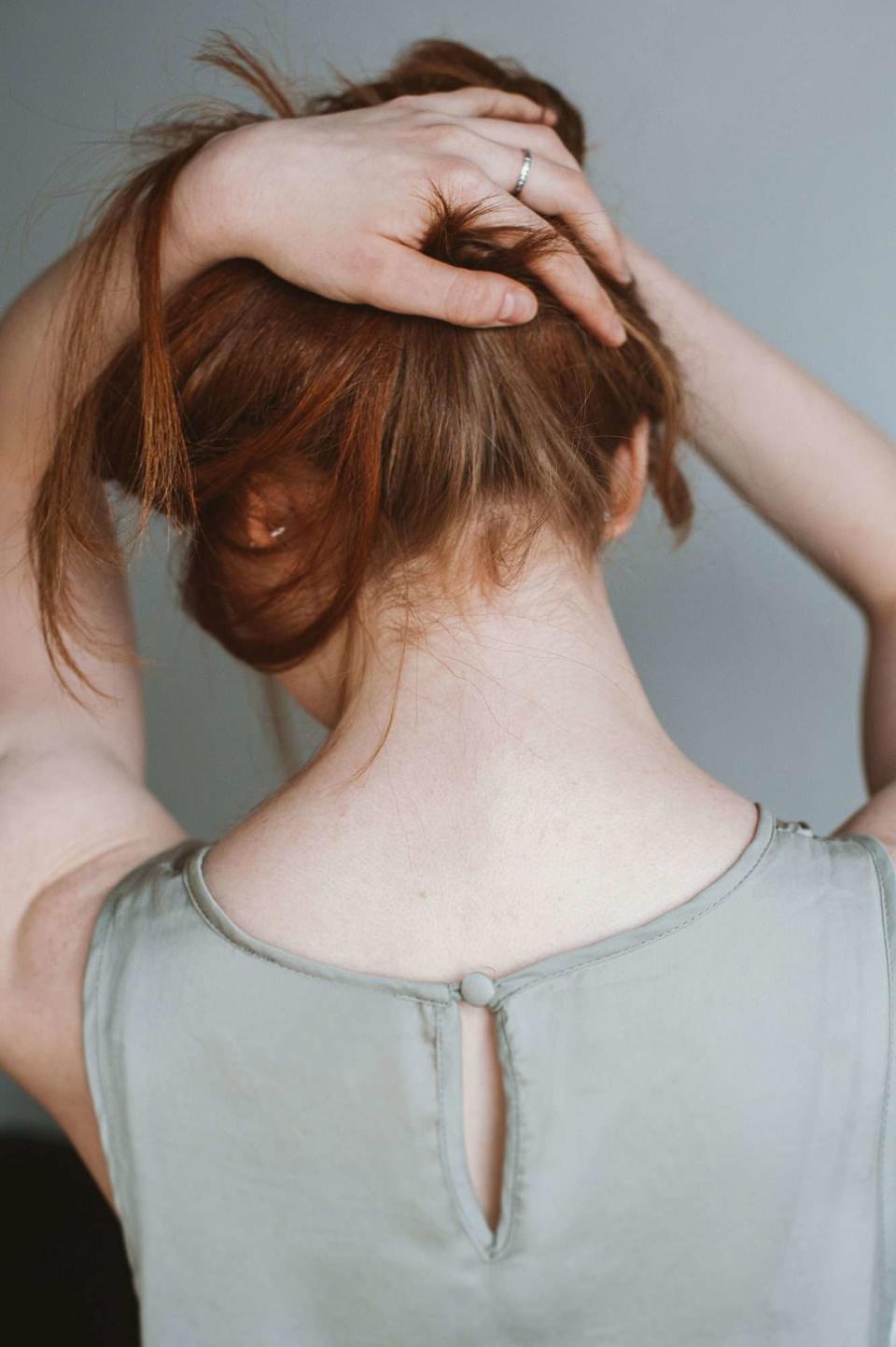What You Need to Know About PRP Injections for Hair Loss
Consider this the ultimate guide to the in-office treatment that provides bloody-good hair results.

When experiencing hair loss, sometimes supplements and hair growth products won’t be enough. If you’ve found yourself in that camp and are looking for a real treatment with proven results, then this in-office procedure might just be for you. Say hello to PRP.
Platelet-rich plasma (PRP) treatment is a therapy that uses the small cell fragments found in our blood and spleen called platelets. You’ve probably already seen this used in facials (how can one ever forget the infamous vampire facial), but this method is also extremely popular — and much safer — when treating hair loss. Board-Certified Dermatologist Dr. Ruth Jobarteh-Williams, M.D., explains that platelets are rich in growth factors. With PRP hair treatments, those platelets are drawn out and then injected into the scalp in hopes of promoting hair growth.
Dr. Dendy Engelman, M.D., a Board-Certified Dermatologist and Mohs Surgeon at the Shafer Clinic in New York City, adds that it also improves blood supply to the hair follicles, which in turn helps the hair shaft thicken.
“PRP can help hair growth because the injections provide a concentrated ‘super dose’ of growth factors directly to hair follicles to support and promote hair growth beyond the supply received from the blood flow to the scalp,” says A. Shadi Kourosh, M.D., MPH, Assistant Professor at Harvard Medical School and Board-Certified Dermatologist at the Sadick Dermatology Group.
Intrigued? Want to learn more? Great! Dr. Jobarteh-Williams, Dr. Engelman, and Dr. Kourosh are here break down everything you need to know about PRP hair treatments. Read on to discover what they had to say.
:
How does PRP work?
First, a practitioner, usually a board-certified dermatologist (though Dr. Jobarteh-Williams says that nurse practitioners and physician assistants who are licensed to deliver dermatological treatments can also perform this), will draw blood and place it into a machine known as a centrifuge. Dr. Engelman explains that the centrifuge will then spin the blood into three different layers: plasma rich in platelets, platelet-poor plasma, and red blood cells. Once the device is finished dividing it into three different sectors, the blood plasma rich in platelets is placed into a syringe to be injected into the scalp.
A PRP hair treatment can take anywhere between 30 minutes to an hour, which she says is all dependent on how many areas you want to treat and what your treatment plan looks like. Treatment costs will vary based on where you’re getting it and what areas are being treated. But in general, she says treatments can range anywhere from $1,500 to $3,000 per session.
Does PRP work for all hair types?
Dr. Engelman says that the hair restoration that comes with PRP hair treatments is generally safe (and practical) for all hair types. But if you’re suffering from an infection, such as a malignancy, she advises that you don’t get PRP therapy. Dr. Jobarteh-Williams adds that PRP treatments don’t necessarily work for all types of hair loss and that even though they work best for non-scarring hair loss and male pattern baldness, positive results aren’t always a guarantee. So as always, you should consult with your primary care physician to classify your hair loss to see if it’s your best course of action before seeking treatment.
Are there any side effects?
Dr. Engelman says that there are minimal side effects and very little downtime post-PRP hair treatment. “This is an extremely safe therapy,” she says.
Dr. Jobarteh-Williams agrees, and says common side effects you can expect include headaches, scalp tenderness, and minimal bleeding since you are injecting your own blood back into the scalp. Dr. Engelman adds that the only real downside is the pain from the injection needle, but she says there are techniques that dermatologists use to minimize the pain (topical numbing cream, vibrational distraction techniques, and nitrous oxide are a few of the methods she lists).
How long does it take to see results?
After your first appointment, Dr. Engelman says that it usually takes around three to six months to see tangible results. After that, you’ll want maintenance treatments every four to six months, with optimal results being seen after three to six treatments.
Once the results become more apparent, Dr. Jobarteh-Williams says it’ll be recommended that your maintenance treatments move to once or twice a year thereafter. Dr. Kourosh adds that the best results are seen in people who combine PRP treatments with other therapies for hair growth.
The Bottom Line
Before booking that PRP hair treatment, just know that it is a slow process. All experts emphasize the importance of being patient while waiting to see hair grow back, but it's definitely something worth looking into it to see if it’s right for you.
For more InStyle news, make sure to sign up for our newsletter!
Read the original article on InStyle.

